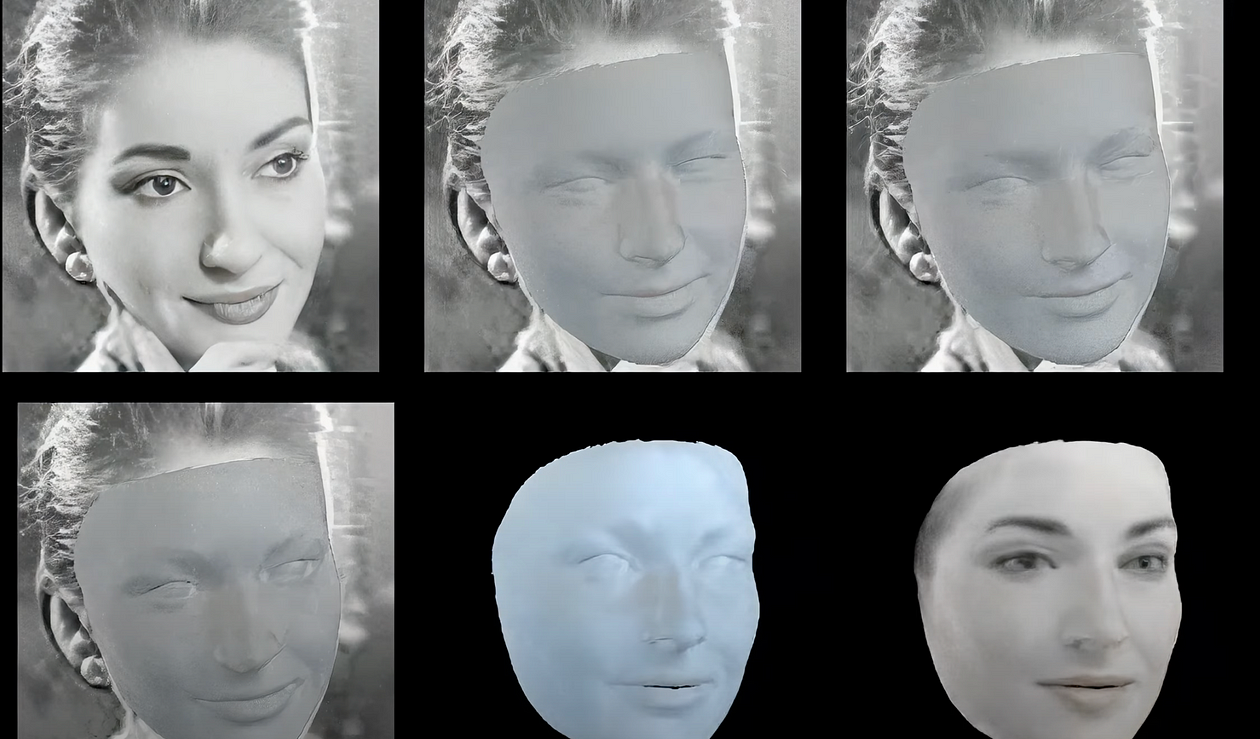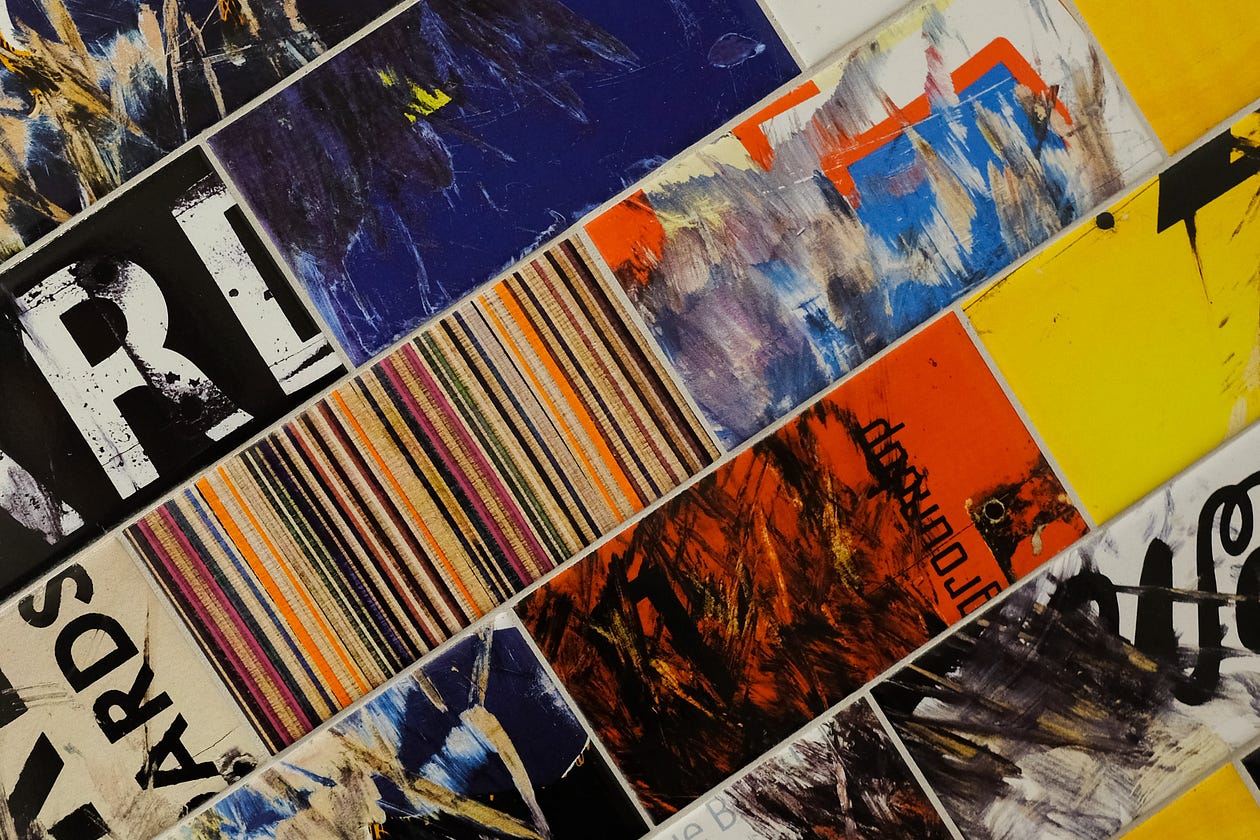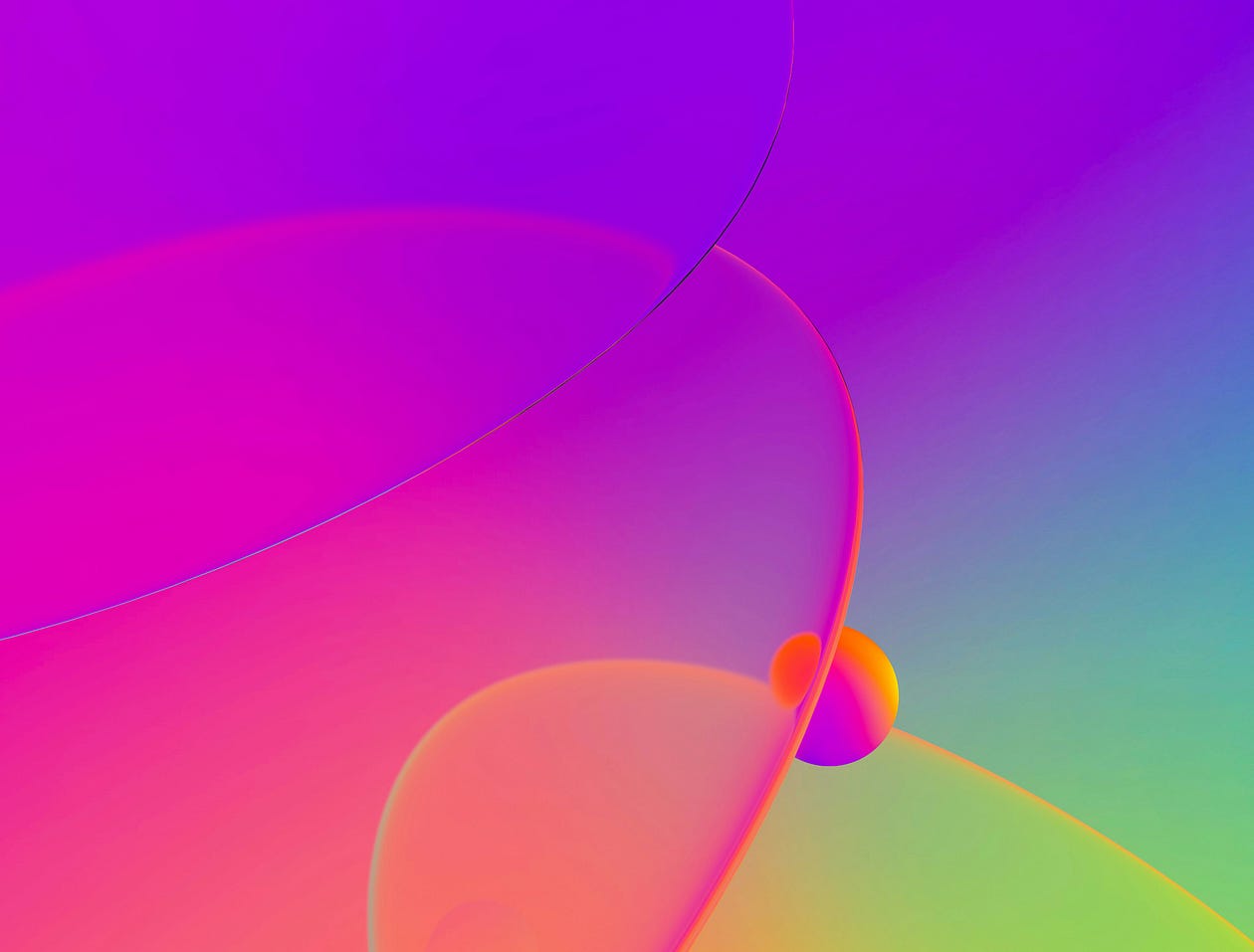
Those familiar with artist Doug Rickard’s A New American Picture and his recreated images from Google Street View representing America’s underbelly and its disenfranchised American Dream through deserted landscapes, ominous backroads and bleak cityscapes. Rickard is also behind photography sites American Suburb X and These Americans. His new work “N.A.” is on show at Little Big Man Gallery in downtown Los Angeles and YouTube is his focus.
Ginger Liu: What is the message of N.A?
Doug Rickard: I think that message is a tricky way to look at it so I will answer that in a few different ways. From a certain viewpoint, I saw this work as a sort of chorus of American music, cultural, socio-economic, racial, political, etc. and I saw YouTube as a means of culling visual material (snippets of amateur video from smartphones, uploaded by Americans) from which to speak. When I say speak, I mean as an artist, not as an academic or a historian, or a sociologist, or an anthropologist, although all of those components are potentially there in varying degrees. As an artist, the speaking is looser, intentionally, and it deals in subtext, emotion and a form of poetry. The terrain itself of N.A. is definitely the American experience for those living within the lower economic strata and the voice from which I speak, and they, in the context of N.A., is one of anger and aggression.
GL: Are the keywords used in your YouTube video searches some of the most common you found or the most intriguing, or both?
DR: I started with city names – Detroit, Philly, Buffalo, Compton, Watts, Dallas, New York City, Chicago, etc. and then started to try and find terms that would unearth large amounts of results from amateur phones (not music videos). I soon figured out that terms like “crackhead”, “hood fight”, “sideshow”, “passed out girl”, “drunk girls”, “police brutality”, would yield large volumes – and that seemed to tell a tale in itself as much of it was predatory in a way and used to try and get “Likes”, “Comments”, “Subscribers” or it was a reflection of injustice and/or anger. So, I started to build up archives, sifting through the video by pausing each frame and looking for “my” pictures. I also started to envision a type of video piece for installation. Also, I started to develop an aesthetic – a visual cohesion, this is important to me – the use of color, shadow, light, subtext, graphics – composition. I used night and darkness to pull things together and often, the scenes uploaded were at night. And the dark was a metaphor in a way or perhaps a representation of the mood.
GL: You focus on the “darker side” of American life. Is this a conscious choice before you begin your searches or are you persuaded by what you find?
DR: Yes, it’s conscious – I am interested in what you might consider the flip side of the “American Dream” if such a thing exists. I grew up in a home where America was lionized and tied together with religion – my father is a preacher and founder of one of America’s first “megachurches” – and part of the Moral Majority. I started to see lots of cracks in that view of our nation and when I started to study our history in college, it became clear that we have a dark past (and present) and that much of our racial and economic divide is due to this history and how we have shaped as a nation, culturally as well as economically and racially. I think that I want to provoke in a way and that my obsessions are of a dark nature as relates to America. I follow my obsessions and I “speak” from these impulses.
GL: Do you think what you find in the content in your video searches is unique to one kind of life and experience in a particular city like, or suburb of Los Angeles or or does it represent life in many American towns or cities?
DR: I think that it is specific in some ways and more general or widespread in others. This work also deals with the explosion of cameras into the hands of everyone and the internet as a form of expression and a stage – even a compulsion that is shaping our evolving behavior. Those things are widespread and they are impacting everyone. Also, the notion of surveillance is here in the work and this is universal, we are all surveilling each other, daily, hourly. We are a “Surveillance Society” and that is not going to let up – rather, it will increase. We want to post and we want affirmation. We want to look and we want to be looked at. As relates to the themes of violence, law breaking, police brutality, devastated architecture, cars broken down – anger, this is probably more a reflection of the segment in focus here – areas where there are pressures that other segments of society are not facing daily. Such as the very real fear of police, or incarceration, or gun violence, or gang violence. There are layers to this work and they cut across topics that are varying in their degrees of impact.
GL: Explain your work process in producing N.A.
DR: I work with multiple large screens – one of them I am using to navigate and the other is framed in with a camera on a tripod. Both monitors are a reflection of the same scene, they are mirrored. I use a mouse to move and a cable release to make the pictures. I also downloaded the videos off of YouTube and into large archives that I can go back to and explore. I used editing software that movie makers use to do films – and stitched together segments of video to form a cohesive vision, scored to an audio track that was made by a friend, Greg Magnusson. It’s the National Anthem, an Army version, slowed down to almost noise… like the sound of wind. I used a similar approach in “A New American Picture” my Google Street View project.
GL: The culture you represent in N.A. is the phenomenon of the video selfie where the person producing the video clip is either videoing his/herself or their friends as a form of self promotion of actions or as witness to actions. Explain why this interests you in your work.
DR: Yes, this was important as I could see a frontier of content emerging – an ocean of camera lenses that were in “everyone’s” hands and accessible by me due to the internet. This places me in the hand of my subject and their subjects, also my subjects. The layering of this was mind blowing to me – this access into intimate places – almost the inverse of Google Street View, which was detached and robotic, from a distance. This was right in the hand, in the car, and then me, in a dark room remotely. The dynamic fit the times, it is the zeitgeist. Also as mentioned earlier, this need to promote the self and to look at others, it is compulsive. I probably check social media and other online terrain right now 400-500 times a day due to things that I am working on. It is totally addictive and we are all “in it”. Actually I think it is shaping our collective brains and our ability to focus and concentrate, we need bits and bites (or bytes) and we want stimulation. We want more and more. This work is dealing with that dynamic – filming crackheads to get comments – filming passed out girls to get likes – it is a new paradigm and it can bring out the worst impulses at times. We all want our version of “fame”.
GL: Why does Los Angeles continue to be such a seductive city for artists?
DR: It is a city like no other – it is seductive, it is palpable in its magnetism and it’s beckoning call, it is staggering in the ferocity of its surface beauty pursuit and also monumental in its sprawl and ugliness. It’s the ultimate city of dreams and also the most epic in the potential to fail to achieve these dreams. And it is a backdrop that is endless – everything under the sun that can happen, will happen in LA. Every vice, every fetish, every desire… and also every race, every class, every type of character – it is all playing out every day. It is a movie filled with endless plots and twists and Hollywood itself can’t match it.
Interviewed and edited by Ginger Liu
Ginger Liu is a photographer, writer and filmmaker based in Los Angeles and London. www.photo.gingerliu.com @gingerliu www.gliumedia.com
“N.A.” by Doug Rickard
September 19 – October 31, 2015
12 pm – 6 pm
Little Big Man Gallery
1427 E. 4th Street, Unit 2
Los Angeles, CA 90033
www.littlebigmangallery.com





